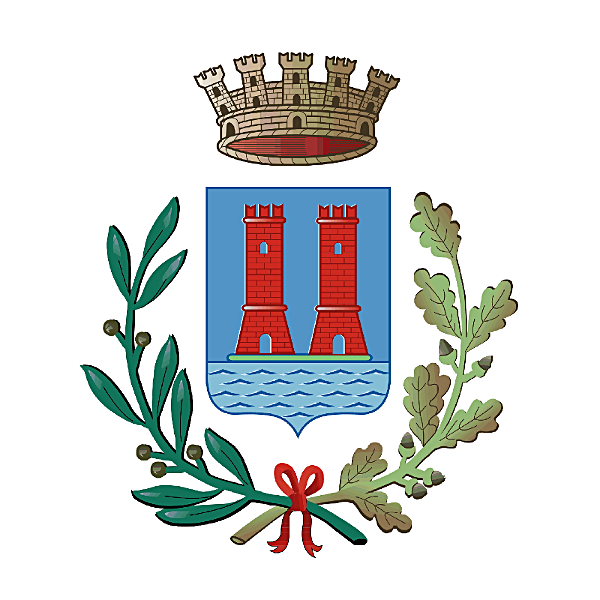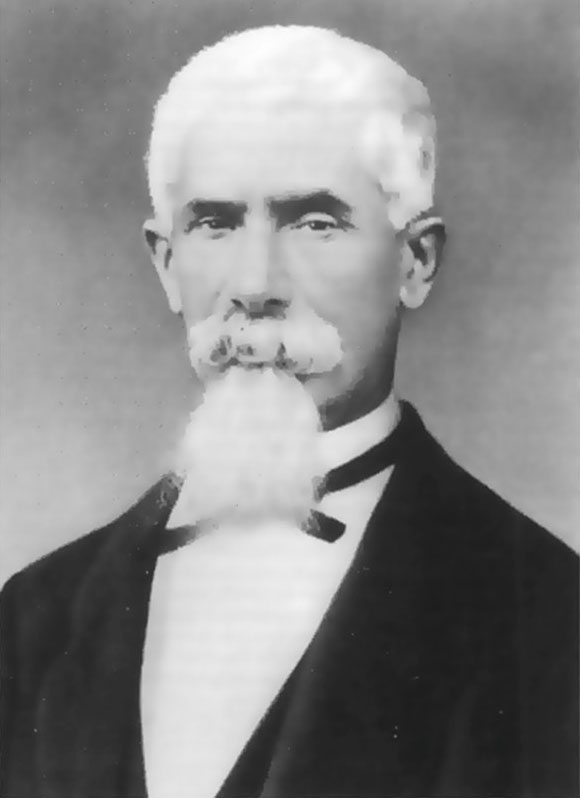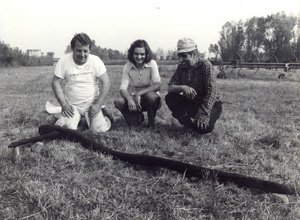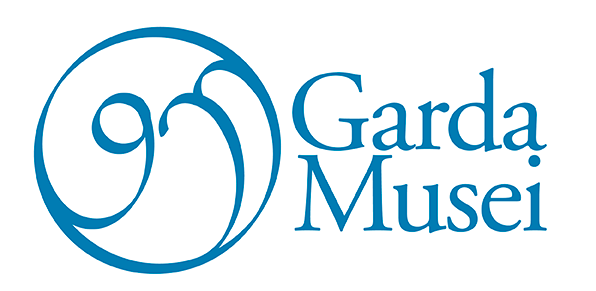The Museum, inaugurated in 1990, is named after Giovanni Rambotti, the first mayor of Desenzano in 1860. He was the first to recognize the scientific and archaeological value of the prehistoric finds discovered in the area of Lake Garda.
Giovanni Rambotti
The Civic Archaeological Museum "G. Rambotti" was opened with a view to this, i.e. enhancing the wealth of archaeological finds discovered in the area of Desenzano, with a focus on the prehistory of Lake Garda.and on Lavagnone pile-dwelling site.
Following the inscription of the serial transnational site "Prehistoric pile dwellings around the Alps" on the UNESCO World Heritage List in 2011, the collections have been enriched with new material coming from both Lavagnone - preserved in other locations - and from other lake dwellings (Padenghe, Moniga, Lugana Vecchia, Porto Galeazzi and Maraschina), mainly thanks to the initiative of the then Superintendent Ms. Raffaella Poggiani Keller, who saw the museum as a "showcase" for Lake Garda's pile dwellings.
E. Merici, C. Pegoraro, R. Perini (right) on the day the plough was discovered
The exhibition mainly consists of the materials found during the excavations conducted at Lavagnone in the 1970s by Renato Perini, to whom we owe the exceptional discovery, in 1978, of the wooden plough, which dates back to the Bronze Age, and by the University of Milan since 1989.
The exhibition have been completed with materials from more remote and recent time periods, spanning from the Roman age to the Renaissance and up to the domination of the Republic of Venice.
To enhance your visit experience, download the 'Museo Archeologico G. Rambotti' APP where you will find insights, images, videos, audio (DescriVedendo) and you can animate the timeline on the ground floor of the museum!







